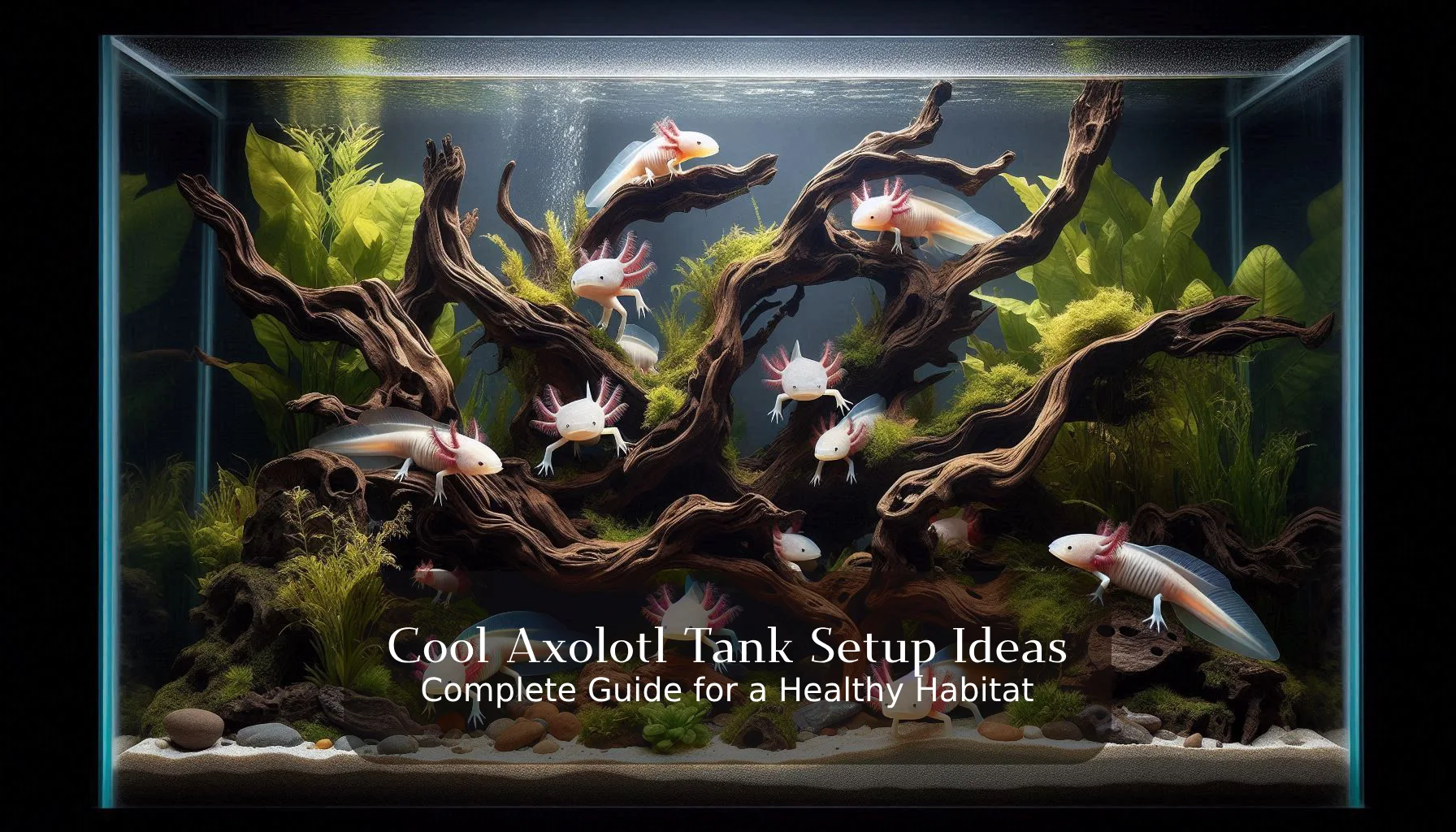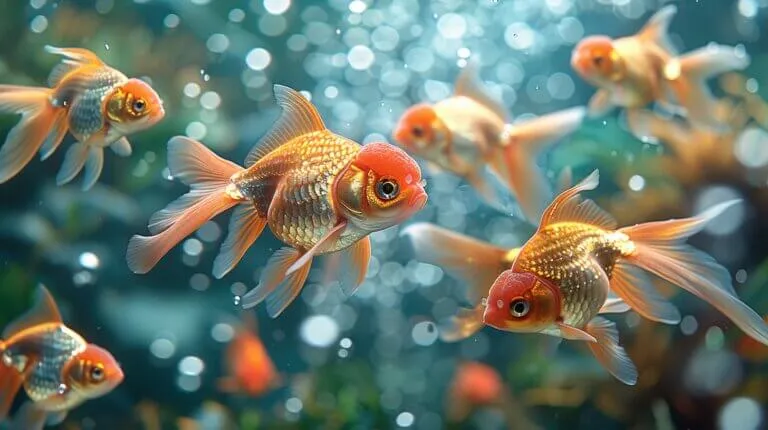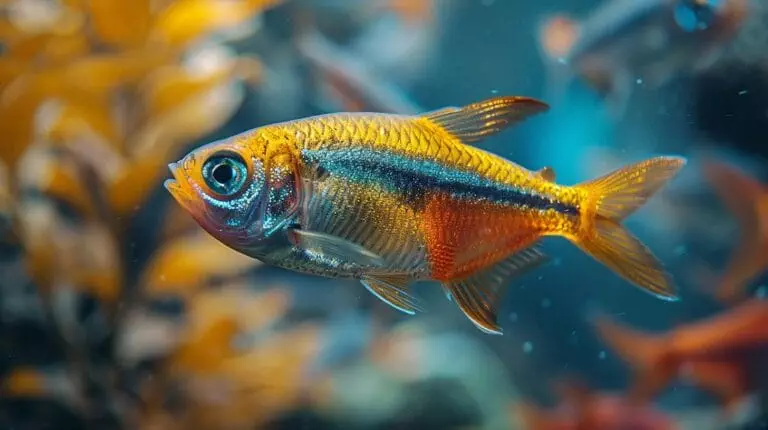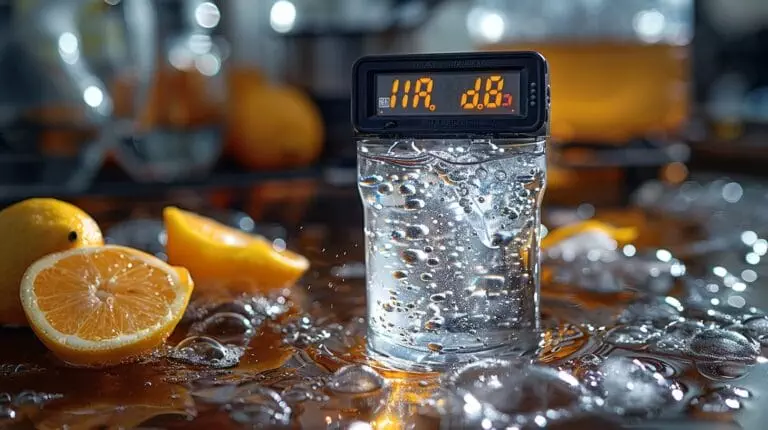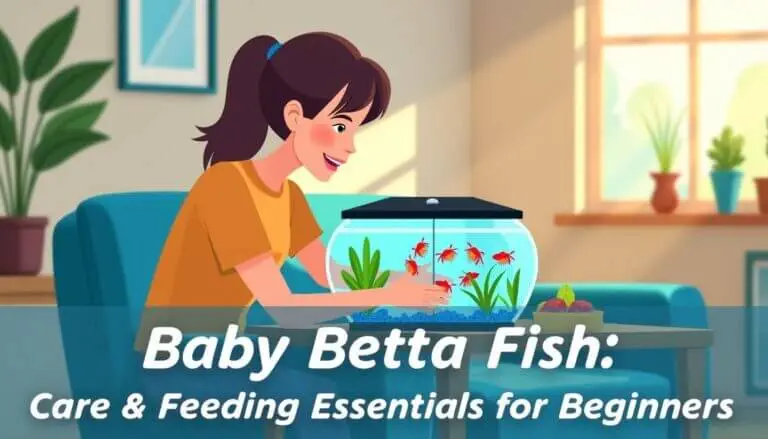Are you ready to dive into the magical world of axolotls? These fascinating creatures, known for their adorable smiles and unique ability to regenerate, need a special home to thrive! That’s where our Cool Axolotl Tank Setup Ideas come in! Setting up the perfect habitat is not just fun; it’s crucial for keeping your axolotl healthy and happy.
If you don’t create the right environment, your pet could become stressed or even sick. In this guide, we’ll explore essential tips on choosing the right tank size, maintaining proper water conditions, and adding fun decorations that your axolotl will love. Get excited, because we’re about to turn your tank into an aquatic wonderland that not only looks amazing but also supports your pet’s well-being! Keep reading to unlock the secrets of crafting the ultimate axolotl habitat!
Introduction to Axolotl Tank Setup: Creating the Perfect Habitat

Why Proper Tank Setup is Crucial for Axolotl Health
A precise tank setup is vital for robust axolotl health. The aquatic pet reacts strongly to water chemistry and temperature variations. Maintaining proper water parameters reduces stress, prevents infections, and supports a strong immune system. Clean, dechlorinated tap water with consistent water testing keeps the environment safe and balanced.
Understanding Axolotls and Their Specific Tank Requirements
Axolotls need an environment that closely mimics their natural habitat. They thrive in cool water within a stable range of 16–18°C (60–64°F). Ample open space for gentle swimming and secure hiding spots are essential. Live plants and smooth, decorative elements without sharp edges lower stress and guard against injury. Understanding these needs helps create a nurturing environment. (NRC. For Aquarist)
Overview of Essential Components for a Healthy Axolotl Habitat
A healthy axolotl habitat integrates several critical elements:
- A spacious tank (a minimum 20-gallon tank for one axolotl)
- A reliable filtration system such as a sponge filter or canister filter
- Safe substrate options like aquarium sand or a bare-bottom design
- Supplemental decorative features like caves and driftwood for extra hiding spots
These components work together to create a secure environment where axolotls can thrive and display their natural behaviors.
Essential Aquarium Requirements for Axolotls

How to Choose the Right Tank Size for Your Axolotls
A minimum 20-gallon tank is recommended for a single axolotl. Larger tanks accommodate further growth and create plenty of room for calm swimming. Extra space also prevents harmful water movement and minimizes territorial stress when more axolotls are present. Ensuring the right size tank sets the foundation for a healthy habitat.
Proper Water Conditions for Axolotl Well-being
Optimal water conditions are fundamental. Axolotls require clean, dechlorinated water with a pH between 6.5 and 7.5 (Vetbilim). Routine water testing for ammonia, nitrites, and nitrates detects any build-up of harmful chemicals. A water conditioner during tank fill prevents negative effects from tap water, ensuring that the aquatic environment remains conducive to their health.
Temperature Management: Keeping Your Axolotl Tank Cool
Cool water (16–18°C) is essential for axolotls. Heaters are generally avoided because an increase in temperature can stress the pet. Instead, a cooling fan or strategically placed ice packs work best during warm weather. This careful temperature management ensures that axolotls thrive in a calm environment, reducing the risk of heat-related health issues. (Axolotl.org)
Substrate Options for Axolotl Tanks: Safety Considerations
The substrate must provide a gentle base. Aquarium sand or a bare-bottom design is recommended because gravel may be ingested and cause health issues. A safe substrate prevents abrasions and maintains an aquarium environment suitable for the axolotl. Choosing the right substrate is crucial for promoting comfort and safety in their habitat.
Filtration Systems and Water Maintenance

Selecting the Ideal Filtration System for Your Axolotl Aquarium
An effective filtration system is critical. A sponge filter or canister filter produces low-intensity water movement while removing waste efficiently. These options offer gentle water movement, reducing bubble formation and avoiding strong currents that might stress axolotls. A well-functioning filter is essential for maintaining clean water conditions conducive to axolotl health.
Water Change Schedule and Proper Tank Water Maintenance
A 20–30% water change weekly is advised (DLP). Consistent maintenance includes regular water testing and filter cleaning. Such routines remove waste buildup and harmful substances, ensuring that the axolotl tank water remains pristine and safe. Establishing a reliable maintenance schedule helps prevent chemical imbalances that could harm your aquatic pets.
Managing the Nitrogen Cycle in Your Axolotl Tank
Understanding the nitrogen cycle is crucial for maintaining water quality. Beneficial bacteria convert toxic ammonia into nitrites and then into less harmful nitrates. New tanks require a cycling period of 4–6 weeks before introducing axolotls to ensure healthy water parameters. Proper management of this cycle helps create a stable environment that supports your axolotls’ needs.
Setting Up Your Axolotl Tank: Step-by-Step Guide

Initial Tank Setting and Cycling Process
An orderly setup begins with cleaning the glass and using dechlorinated water. After installing the filtration system, the tank cycles for 4–6 weeks to cultivate beneficial bacteria. Following each instruction carefully determines ideal water parameters before the axolotl is added, ensuring that the environment is ready for their introduction.
Adding Decoration and Enrichment to Your Axolotl Aquarium
Decorations must be non-toxic and smooth to avoid injury. Suitable features include caves, driftwood, and trusted artificial or live plants. Plentiful hiding spots allow axolotls to find refuge, thereby reducing stress. Thoughtful decoration enhances the visual appeal of the aquarium while providing necessary enrichment for your pets.
Creating Hide Spots and Resting Areas
Secure hide spots lower stress and promote natural behavior. Caves, custom rock accessories, and driftwood combine to form sheltered areas for resting and feeding. Such areas are integral to a complete axolotl tank setup, helping mimic their natural environment where they can feel safe and secure.
Establishing a Feeding Station in Your Tank Setup
A designated feeding station minimizes food waste and keeps the aquarium orderly. Positioning the area away from the main swimming zone channels the axolotl’s feeding activity. High-quality pellets, worms, or brine shrimp are placed strategically to optimize feeding behavior, ensuring that your axolotl receives proper nutrition without excess waste in the tank.
Ongoing Maintenance and Care for Your Axolotl Aquarium Setup

Weekly and Monthly Maintenance Routines
Regular upkeep ensures a stable aquatic environment. Maintenance routines include:
- Weekly water changes (20–30%) with filter cleaning
- Monthly deep cleaning of decorations and substrate Steady routines maintain balanced water chemistry and reduce the risk of harmful chemicals, allowing your axolotls to thrive in their habitat.
Monitoring and Adjusting Water Conditions
Continuous monitoring of water parameters is essential. Periodic water testing detects ammonia or nitrite increases, prompting timely adjustments. Stable water temperature and low-intensity lighting further support axolotl well-being, contributing to a healthy living environment.
Troubleshooting Common Axolotl Tank Problems
Issues such as poor water quality and temperature fluctuations call for immediate action. Steps include:
- Removing debris and waste methodically
- Adjusting tools like cooling fans or air pumps as necessary
- Retesting water parameters and cleaning the filtration kit thoroughly Addressing these problems promptly will help maintain a stable habitat where your axolotls can flourish.
Conclusion
A successful axolotl tank setup relies on precise planning, diligent maintenance, and continuous water quality monitoring. Integrating an optimal tank size, effective filtration, and stable water conditions creates an environment where axolotls thrive. Adhering to these proven guidelines defines the essence of Cool Axolotl Tank Setup Ideas.
FAQs
1. Common Questions About Axolotl Tank Setup
Frequently asked questions cover tank size, substrate options, and water change frequency. The guide explains that a proper tank setup minimizes stress and infection and allows axolotls to move freely and thrive in their surroundings.
2. What Size Tank Do I Need for My Axolotl?
A minimum 20-gallon tank is recommended. This size supports effective filtration and low water movement. A larger tank further reduces axolotl stress by providing ample space for exploration.
3. How Often Should I Change the Water in My Axolotl Tank?
A 20–30% partial water change on a weekly basis is advised. Regular water testing for ammonia, nitrite, and nitrate levels helps keep the aquatic habitat balanced while ensuring optimal living conditions for your axolotl.

